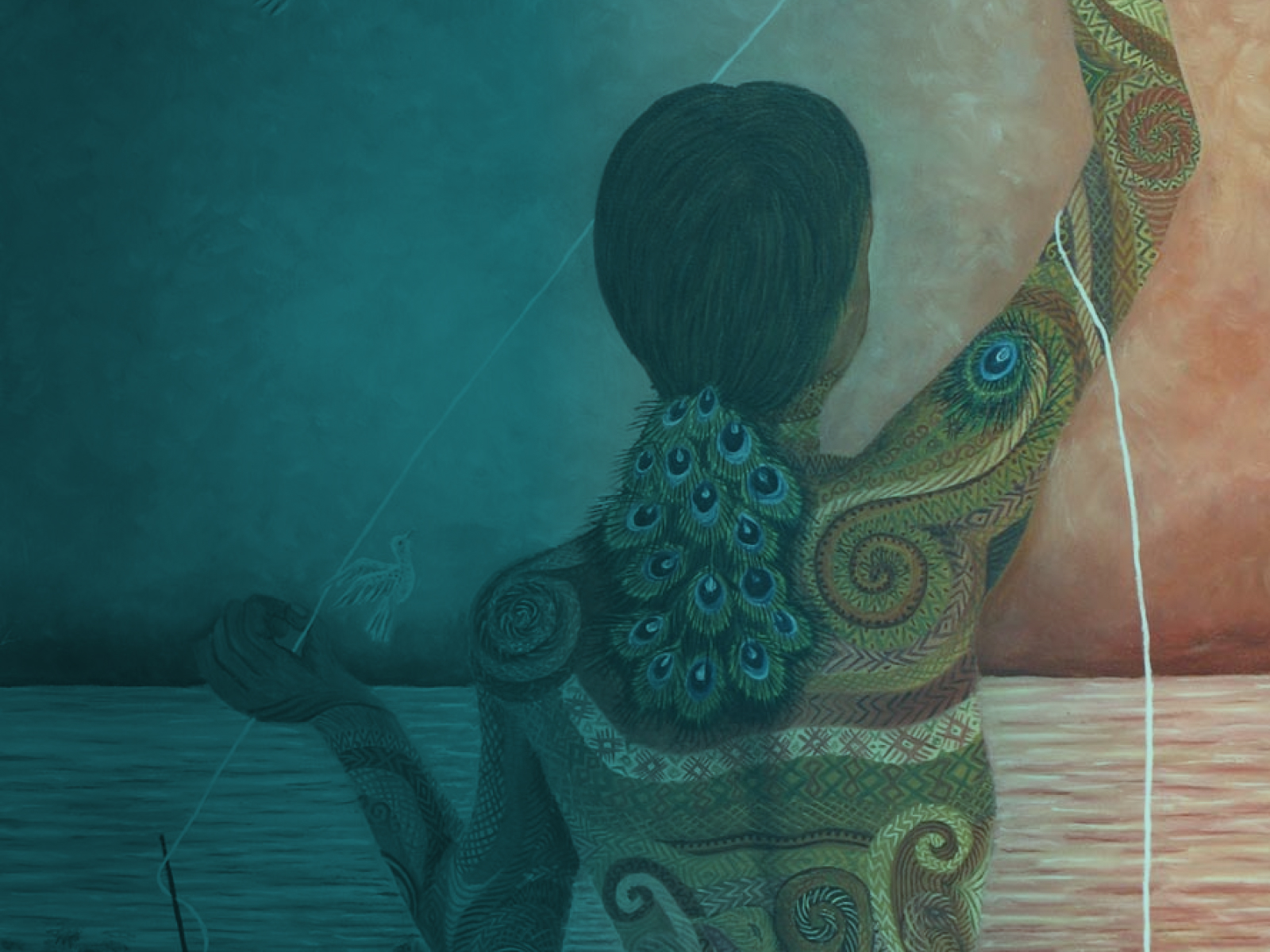Corn or Maize
Corn or maize (maíz) is the most important food source for the Maya. A plant indigenous to the Americas, maíz was so important to the ancient Maya that it is depicted on ceramics and in murals on temples. The Popul Wuj relates how the first humans were formed out of corn; this is why the Maya call themselves “men of corn.” In Spanish there are four different words signifying the different stages of corn: jilote (green or baby corn); elote (the fresh ears of corn); mazorca (the dried ears of corn); and maiz (the dried grains of corn). Ixim is the Tz’utujil Mayan word for corn.
In the Maya towns and villages of Guatemala, most families grow enough corn to last them for the entire year. Farmers set aside the best ears of the harvested corn to be planted for next year’s crop. Maya women in campesino families often soak the corn in quicklime overnight, then get up before the sun rises to grind the maiz into cornmeal, masa. They then make fresh tortillas for the men to take with them when they go to work in the fields. Unlike Mexican women, who often make tortillas using a tortilla press, Maya women form the small, thick tortillas with their hands. The men leave home before the sun rises, having had only coffee and carrying a bundle of tortillas. They arrive in their fields just as day breaks, so that they can work in the cool of the morning before the day becomes too hot. Each man may consume ten to twenty tortillas while working in the fields.



